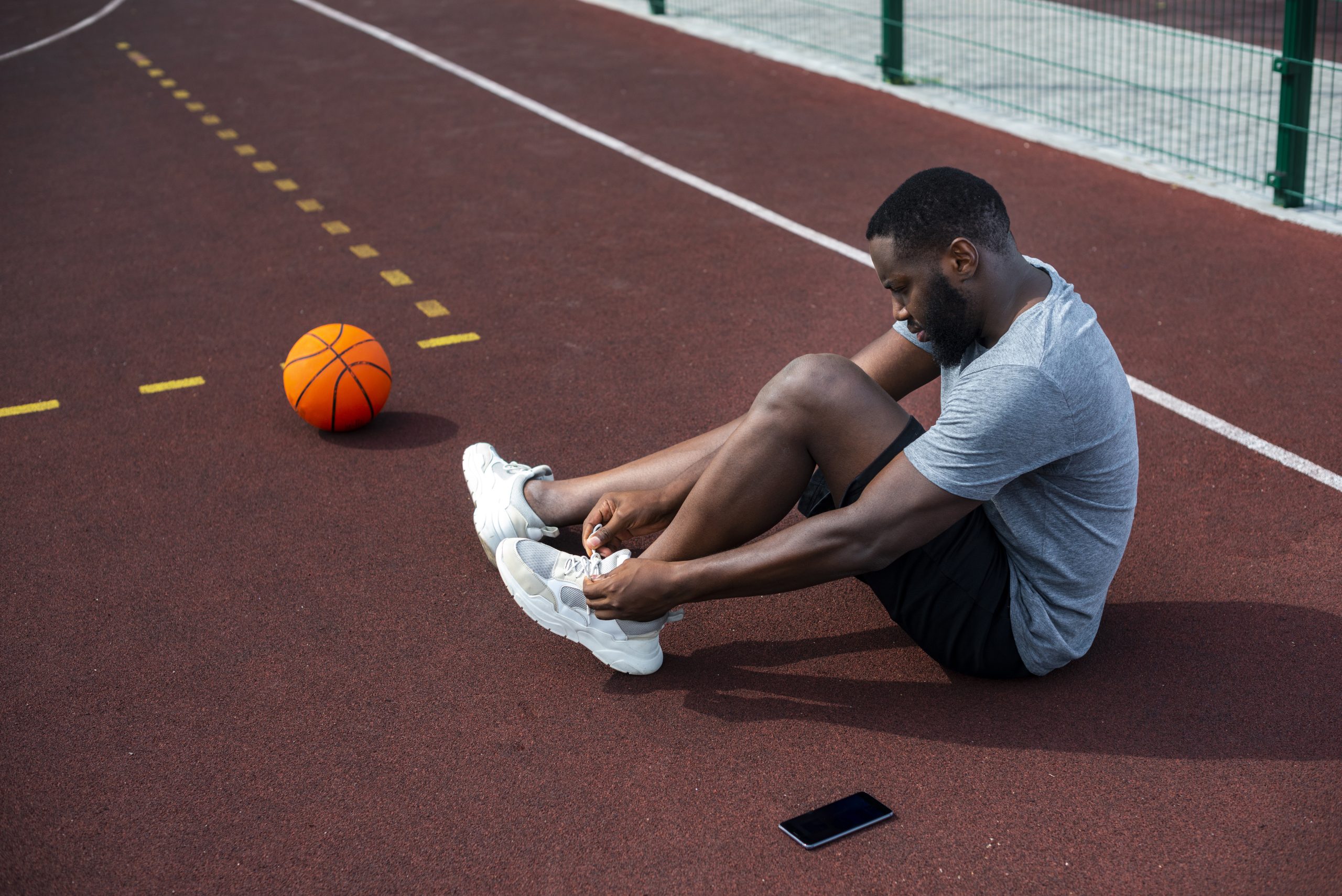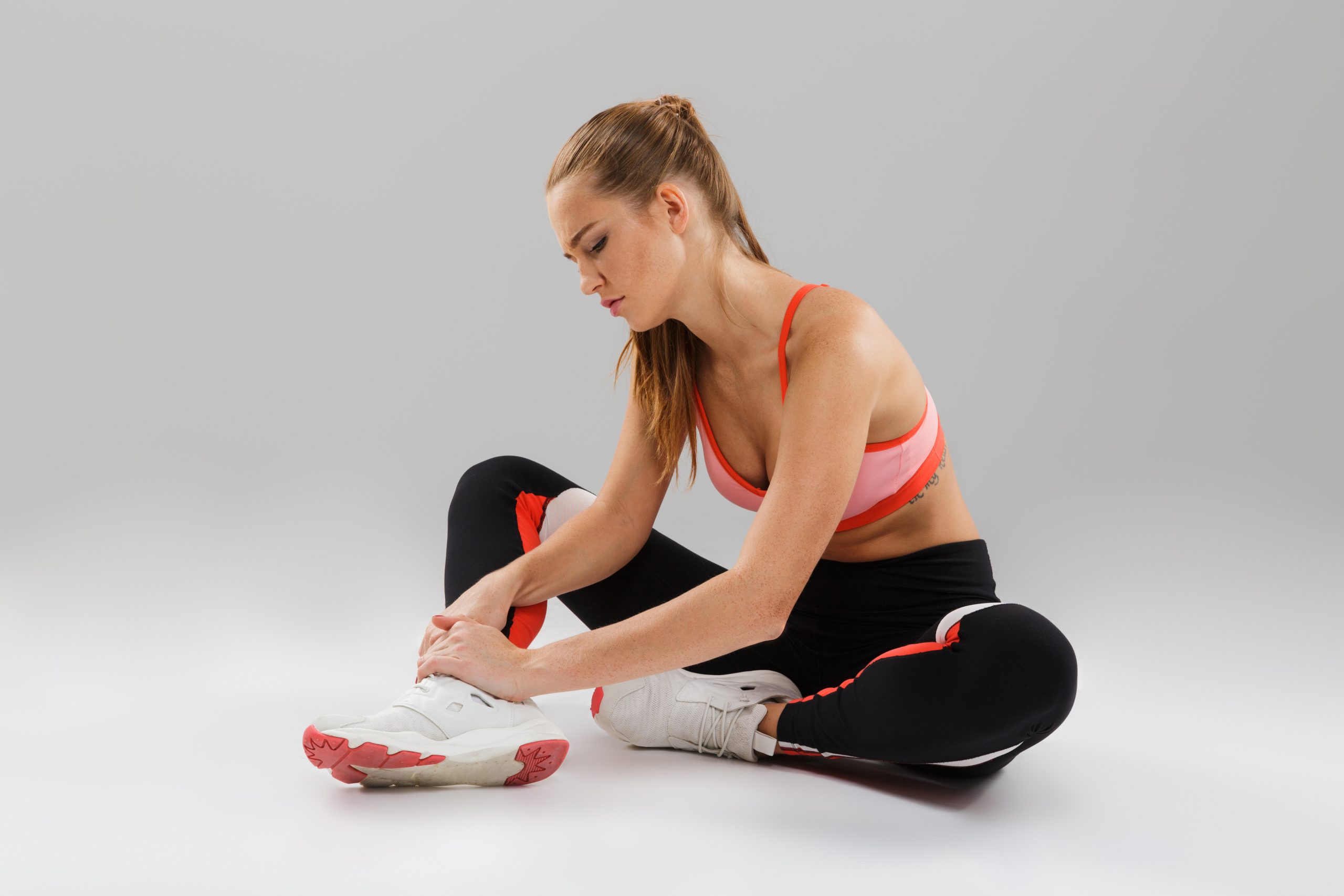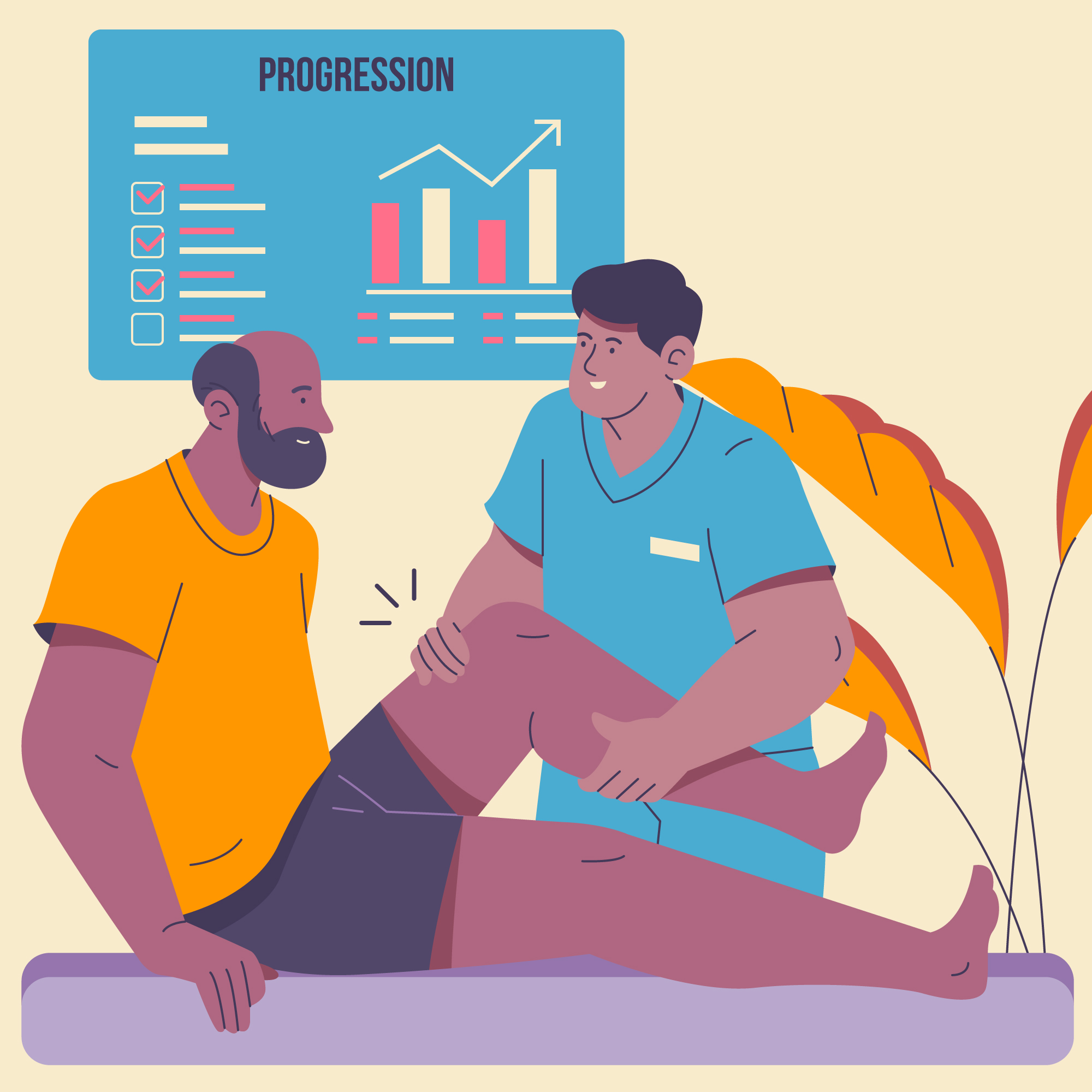Basketball is an exciting and high-intensity sport, but it also comes with a high risk of injuries, especially to the knees. Among these, an ACL injury (anterior cruciate ligament tear) is one of the most common and serious conditions athletes face. An ACL tear can take months to heal, sometimes even requiring surgery and rehabilitation before returning to play.
The good news is that with the right training techniques, awareness, and preventive strategies, you can significantly lower your risk of ACL injuries in basketball. In this guide, we’ll explore effective methods to strengthen your knees, improve body mechanics, and keep you safe on the court.
Understanding ACL Injuries in Basketball
The ACL is a ligament in your knee that stabilizes joint movement, particularly during quick pivots, jumps, or sudden stops all of which are common in basketball.
Basketball players often suffer ACL injuries due to:
- Sudden changes in direction
- Improper landing after a jump
- Collisions with other players
- Weakness or imbalance in leg muscles
These injuries can cause knee instability, pain, and in severe cases, make it difficult to even walk. While medical care is essential for recovery, prevention is always better.
Warm Up and Stretch Before Playing
A proper warm-up prepares your muscles, tendons, and joints for intense activity. Start with 5–10 minutes of light jogging or dynamic stretching. Include movements like high knees, butt kicks, and lunges. Stretching your hamstrings, quadriceps, and calves improves flexibility, reducing stress on your ACL.
If you already struggle with knee stiffness, exploring therapies like Does Osteopathy Work for Back Pain may also be helpful for improving body alignment and muscle balance.
Strengthen Your Leg Muscles
Muscle imbalances are a big factor in ACL injuries. Weak hamstrings compared to stronger quadriceps increase the risk of ligament strain. Focus on strengthening:
- Hamstrings – leg curls, deadlifts
- Glutes – squats, hip thrusts
- Quadriceps – lunges, step-ups
- Calves – heel raises
Stronger muscles provide better knee stability during quick basketball moves.
For more guidance on protecting your joints naturally, you can also check How to Treat Arthritis Pain Naturally.
Practice Proper Jumping and Landing Techniques
Basketball involves frequent jumps, and improper landings put enormous strain on the ACL. To prevent injuries:
- Land softly on the balls of your feet and roll back to your heels.
- Bend your knees and hips while landing to absorb shock.
- Avoid letting your knees cave inward.
Sports physiotherapy techniques like What Are the Benefits of Sports Massage can also help in improving recovery and flexibility, making your knees more resilient.
Improve Your Balance and Core Stability
Good balance prevents awkward movements that could twist your knees. Adding exercises like single-leg stands, balance boards, and planks to your training strengthens your core and stabilizing muscles.
Since balance is also important in preventing other sports-related injuries, reading How to Prevent Common Sports Injuries can give you additional insights.
Use Proper Footwear and Knee Braces
Wearing basketball shoes that provide ankle support reduces stress on your knees. Some players also use knee braces to provide extra stability and protection. While braces alone cannot prevent ACL injuries, they can reduce strain during high-intensity games.
For more details on this, check Do Knee Braces Work for Arthritis since knee braces are commonly used for joint support.
Avoid Overtraining and Fatigue
Fatigue is a silent risk factor. When your muscles are tired, your technique and reaction time decline, putting more stress on your knees. Ensure you:
- Take proper rest between games.
- Avoid playing when injured.
- Follow a balanced training schedule.
Overuse injuries can lead to long-term problems, just like chronic conditions. For example, Can Sports Injuries Cause Depression highlights how neglecting injuries can even impact mental health.
Listen to Warning Signs
Never ignore pain, swelling, or stiffness in your knees. These symptoms may signal a minor strain that, if left untreated, could develop into an ACL tear. Early intervention helps prevent serious damage.
If you want to learn more about ACL injury recovery, see our article on ACL Injury Recovery Time for a detailed guide on healing.
Train Under Guidance
Working with a physiotherapist or coach ensures you use the correct techniques while strengthening your body. Professionals can help identify movement patterns that put you at risk and design an exercise plan tailored to you.
Final Thoughts
ACL injuries in basketball can sideline you for months, but with the right prevention strategies, you can protect your knees and keep enjoying the game. Warm up properly, strengthen your legs, practice safe landings, wear supportive shoes, and avoid overtraining. Most importantly, listen to your body and address small pains before they turn into major injuries.
By following these steps and working closely with a physiotherapist, you can significantly reduce your risk of ACL injuries and continue playing basketball safely.






